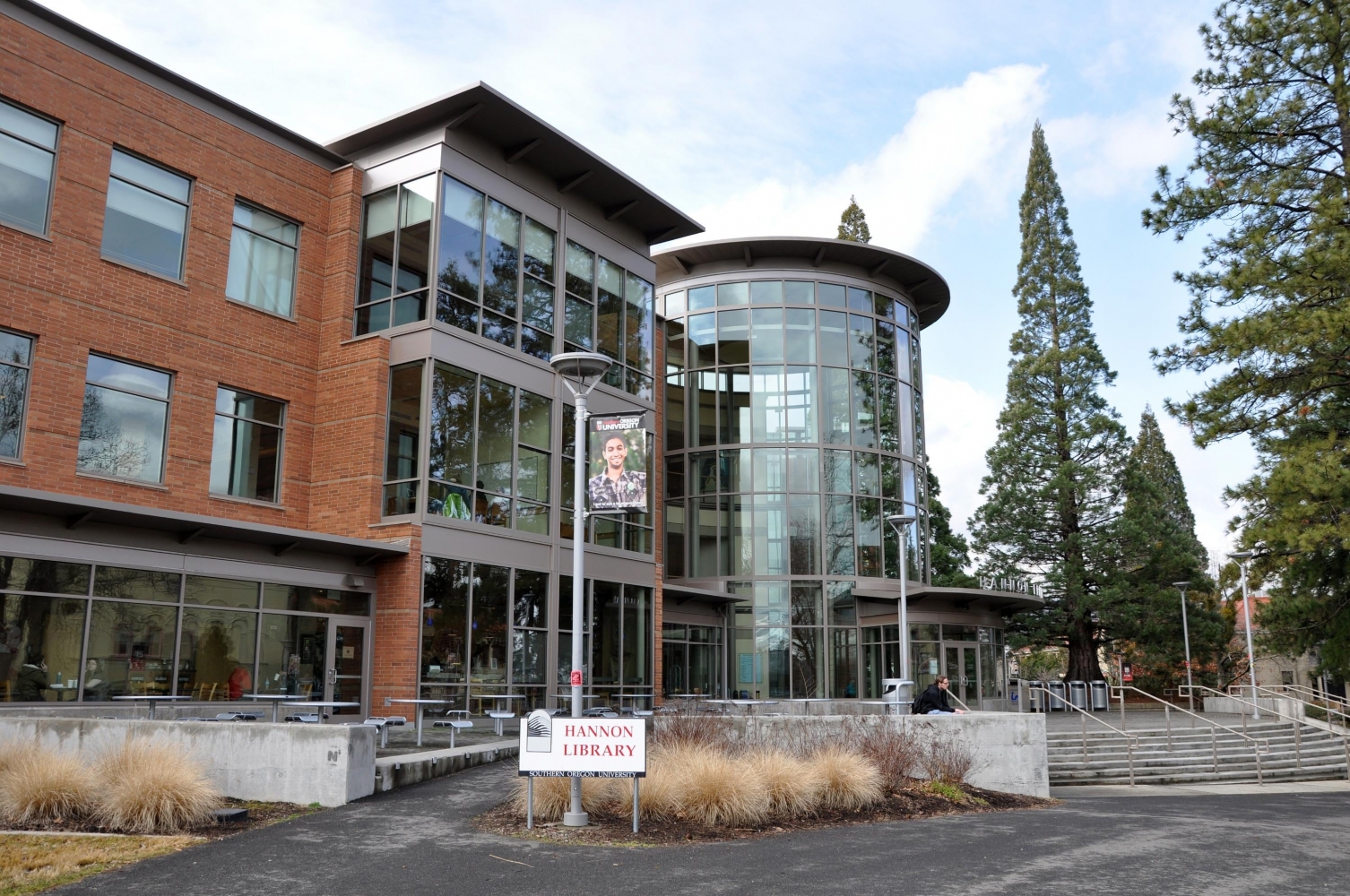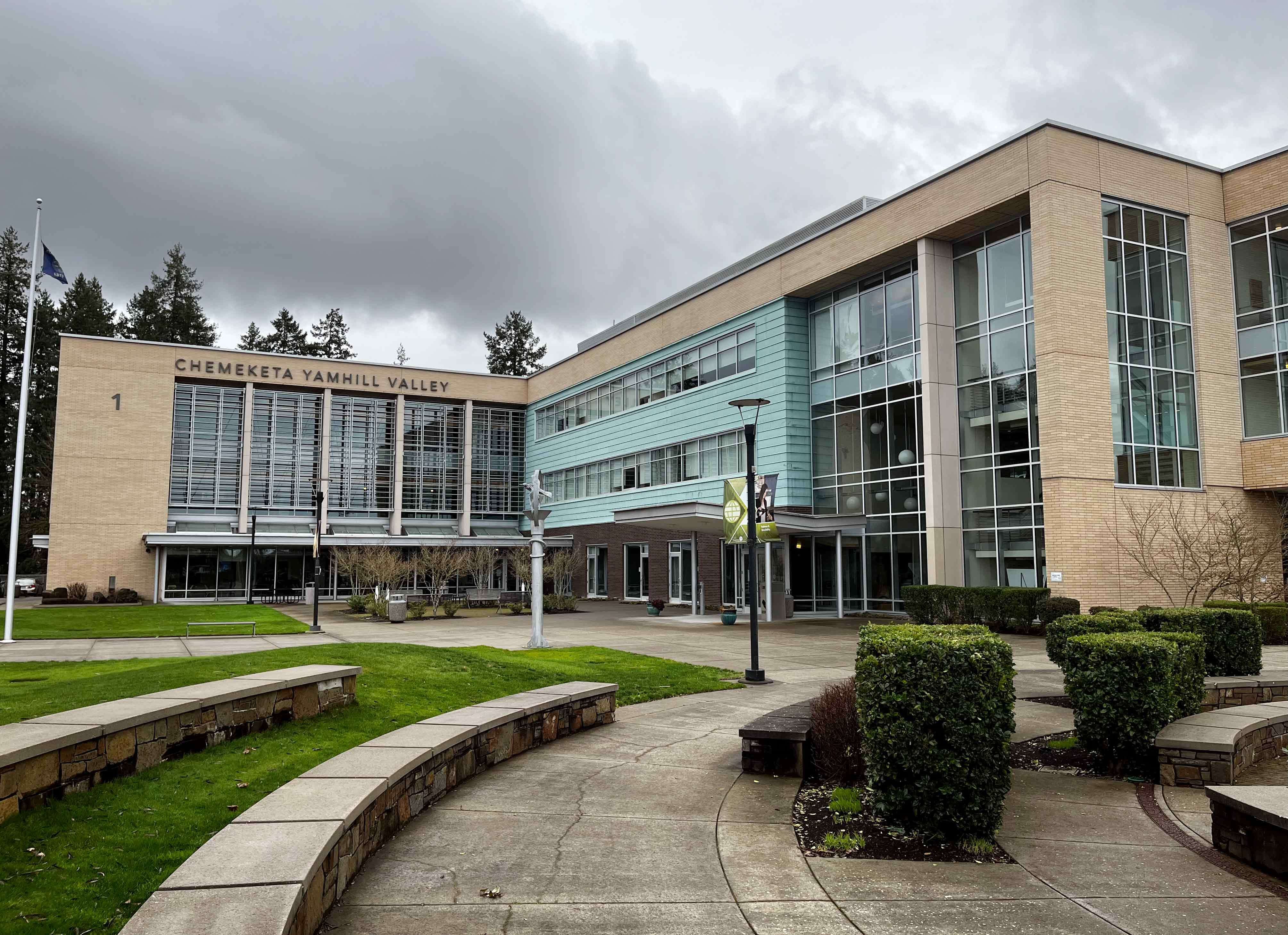

Published on: 08/19/2025
This news was posted by Oregon Today News
Description

“Financial uncertainty” could be the phrase of the year for colleges and universities across the country, including in Oregon. Many of the state’s 24 public higher education institutions are entering the upcoming school year with dire financial outlooks.
For cash-strapped Southern Oregon University in Ashland, there are no easy answers. SOU announced earlier this month a plan to reduce its annual budget by 15% over the next three years to a target of $60 million. In the proposal, more than a dozen degree programs would be nixed and 20 jobs eliminated.
“There’s not going to be a winner coming out of this,” SOU Provost Casey Shillam said at a meeting of the Higher Education Coordinating Commission on Aug. 14. “But when we get to the end of this work, our university is still going to be here. We are going to be stronger and we are going to be able to continue meeting the needs of our community.”
SOU leaders say the cuts are needed to stabilize the university and are the result of mounting financial pressures.
Shillam was joined by other top leaders of Oregon’s community colleges and public universities last week to discuss ways to preserve academic programs and continue to support student needs.
Fiscal issues brought on by declining enrollment, flattening state funding and high personnel costs at state schools have been brewing for years or even decades. But the Trump administration’s attacks on universities this year have caused the situation to boil over.
Federal directives have frozen billions of federal dollars that usually flow to postsecondary schools and help support institutions’ bottom lines. Grants that do not align with the administration’s agenda to end “illegal diversity, equity and inclusion” programs, as well as other priorities, have been paused or canceled. The funding interruptions affecting higher ed include money for medical and scientific research as well as for programs to support students.
Many of the administration’s directives are tied up in litigation. But as Oregon’s colleges wait to see if federal money will be freed up, they are taking action to slim down budgets and create new revenue streams.

“Our communities, the ones who pay local taxes and are asked to pass local bond measures, depend upon us to provide the workforce and local opportunities they need to survive and thrive,” Chemeketa Community College President Jessica Howard said at the HECC meeting. “In these budget-constrained times, finding the way to do so often means collaborating and finding every efficiency.”
Howard said partnerships between colleges and universities will be key to keeping budgets balanced. She pointed toward Chemeketa’s paramedic licensure program, which offers remote learning opportunities to students at three other community colleges in the state.
Courses with low enrollment or degree programs that students could take at neighboring schools are another cost-saving opportunity, because they allow colleges to cut or consolidate them. Howard said this is especially true for career technical education, or CTE, programs that require more faculty and expensive equipment and facilities.
“We’ve been asked to include programs in aviation, wind turbine technology, paralegal, hemp horticulture and veterinary technology,” Howard said. “These are offered by other colleges or universities nearby and we are happy to direct potential students their way.”
Institutions are coming up with some out-of-the-box ideas too, like SOU’s plan to build an on-campus retirement community to make additional money for the university.
At the HECC meeting, higher education leaders maintained that they’re approaching budget choices with a focus on workforce needs, student experiences and institutional missions.

Portland State University Provost Shelly Chabon said all of PSU’s actions consider the potential impact on students and communities. The downtown Portland university faced an $18 million deficit last school year. Balancing the budget was a controversial undertaking that resulted in a combination of program reductions, faculty cuts and administrative streamlining.
“We are all facing unprecedented times that require strategic transformation,” Chabon said. “This has meant removing what is no longer serving us and making space for new ideas.”
HECC commissioners, who help set the state’s higher education policy and funding decisions, were overall pleased to hear about universities’ and colleges’ financial sustainability plans.
Near the end of the meeting, HECC commissioner Jennifer Smith said the conversation left her feeling “really hopeful,” but she warned college leaders not to lean heavily on layoffs to control costs.
“Education is a human-to-human endeavor,” she said. “If the economy really takes a downturn, people may be going back to college and looking for services they won’t be able to obtain because of staff reductions.”
News Source : https://www.opb.org/article/2025/08/19/oregon-college-university-higher-education-federal-funding/
Other Related News
08/21/2025
Your McDonalds combo meal could see a 15 price drop very soon
08/21/2025
Amelia Gray a polar bear at the Oregon Zoo is set to embark on a new chapter as she moves ...
08/21/2025
Amelia Gray a polar bear who has called the Oregon Zoo home since 2021 will soon head to t...
08/21/2025











